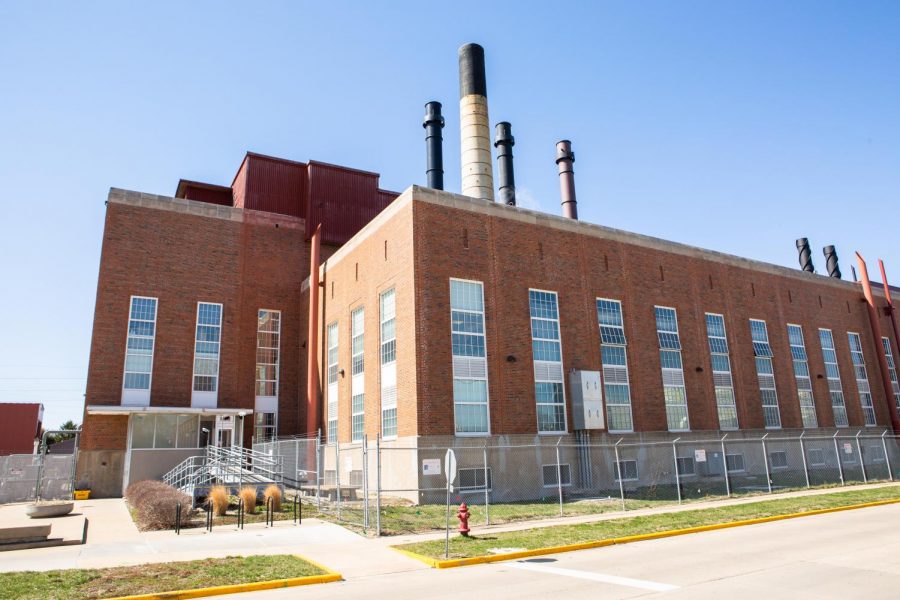New climate law has little impact on UI power
The Abbott Power Plant stands at 1117 S. Oak St. in Champaign near the west end of campus. UI professor emeritus expresses environmental and safety concerns for the proposed location of the reactor.
Sep 30, 2021
On Sept. 15, Illinois Governor J.B. Pritzker signed the Climate and Equitable Jobs Act into law, pledging that Illinois’ municipal power plants would be carbon-free by 2045.
This law makes Illinois the first state in the midwest to have legislation that completely moves away from carbon. As the state lessens its dependency on coal, it will provide subsidies to alternative forms of energy like solar and nuclear power.
Most of the University’s energy comes from the Abbott Power Plant located on Oak Street and Gregory Drive on the west end of campus. Abbott can use natural gas, coal or fuel oil to use power which makes it adaptable for many conditions.
Abbott is responsible for around 85% of the University’s total energy demand and around 50% of the electricity used. Even though Abbott uses fossil fuels, it will not be under the same requirements that other municipal power plants in the state will be.
“According to the legislation, Abbott Power Plant is not defined as an electric generating unit (EGU),” said Manager of Communications & External Relations with Facilities and Services Steven Breitwieser via email.
Get The Daily Illini in your inbox!
“This conclusion is because no asset in the facility has a nameplate capacity greater than 25 megawatts (MW), and the facility does not produce electricity for sale. For similar reasons, Abbott is not considered a large GHG-emitting unit due to asset capacity,” Breitwieser said.
Because of the conditions of Abbott, it is not under the same requirements that other, larger power plants are after the law was passed.
Abbott uses the best available emissions control technology and exceeds or meets all Environmental Protection Agency emission standards. Its technology removes 90% of all air pollutants, according to the Facilities and Services website.
The University is focusing on creating sustainable energy on campus by investing in building solar farms. The most recent, named Solar Farm 2.0, was completed in January.
This solar farm joins other sustainable energy sources that the University plans to get energy from to expand its clean energy consumption.
“By combining utility-scale solar installations, integrated facility rooftop arrays, and wind power purchase agreements, clean power usage at the U of I will increase to more than 52,000 MWh per year, which is over 10 percent of the projected campus electrical demand,” Breitwieser said in that email. “These renewable energy efforts are further helping to reduce the campus’ carbon footprint and achieve Illinois Climate Action Plan (iCAP) target goals for decreasing GHG emissions.”
However, with the creation of energy sources that move away from fossil fuels, there is still concern about other areas of sustainability.
Michael Ward is a wildlife ecologist and a professor in the department of natural resources and environmental sciences at the University. His focus is wildlife conservation and he thinks there can be ways to create clean energy sustainably.
“I think it’s a combination of solar and wind power, both really important going forward as sustainable sources of energy,” Ward said.
Ward sees that there are ways to create these clean energy sources in a way that lessens their impact on wildlife. As a part of the solar farm, the panels have pollinator habitats beneath them in order to sustain the indigenous plants and wildlife in the area where the farm was built.
@Brendyn_Jones






